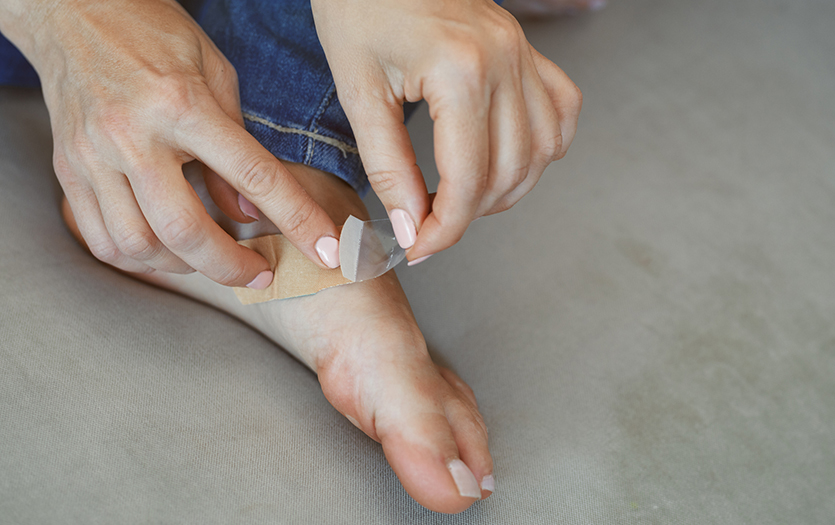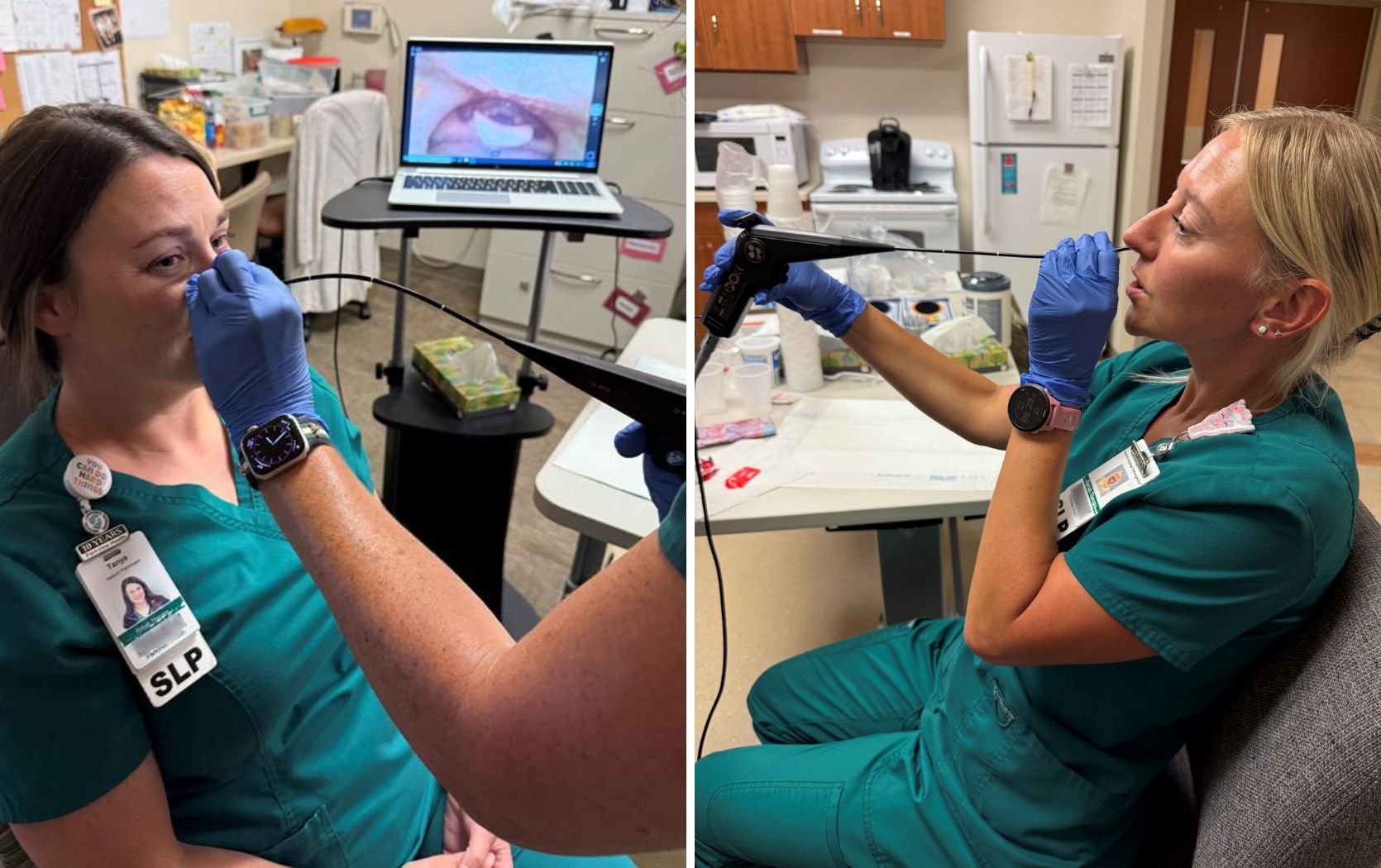
This post was written based on an appearance by Michelle Diss, NP, PPG – Wound Care, on the program PBS Healthline.
Did you know that, according to the Centers for Disease Control and Prevention (CDC), diabetes affects over 11% of people in the United States? As rates continue to rise, it becomes increasingly crucial to raise awareness of potential complications that can occur from diabetes. One such complication is the increased risk of developing foot ulcers. Let’s take a closer look at the relationship between diabetes and foot ulcers, how to prevent ulcers and when to seek treatment.
What are diabetic foot ulcers?
Foot ulcers are persistent sores on your feet that are challenging to heal or keep recurring. They are often found on the bottom or sides of the foot and can be caused by ill-fitting shoes or an injury like a scrape, cut or puncture. Diabetic foot ulcers are often related to another complication called neuropathy, a type of nerve damage caused by prolonged high blood sugar. Diabetic neuropathy can lead to pain, numbness and reduced feeling in the legs and feet. It can also make it difficult to tell if you have an ulcer on your foot, as you may not feel them developing.
How to care for a foot ulcer
If you suspect you have a foot ulcer, promptly clean and cover it with a bandage. Then, seek out an appointment with your primary care provider or visit a walk-in clinic right away. With the guidance of your provider, look for the underlying cause of your ulcer. For example, is it your shoe rubbing your foot, or did you get injured? Identifying the root cause can help you avoid future occurrences.
Foot sores are at a high risk for developing an infection, which can cause delayed healing. If your provider suspects an infection, you’ll likely be started on antibiotics. Sometimes a deep infection requires a visit to a wound care specialist, and the most severe infections can lead to gangrene and even amputation.
Preventing diabetic foot ulcers
Taking proactive steps to prevent ulcers is essential. Here are a few strategies to avoid them:
- Check your feet regularly. If you have diabetes, especially with neuropathy in your feet, it’s important to do regular checks on your feet to look for the beginnings of sores. Sometimes an ulcer starts as a blister or callus. Also keep an eye on dry skin or cracks in your feet or heels, as these can easily turn into infections.
Watch this video and learn how to properly check your feet at home. - Control your blood sugar. A combination of regular exercise, a balanced diet and medication can help you manage your blood glucose. When checking your levels, aim for blood sugar around 150-200 mg/dL.
- Practice proactive foot care. Work with a podiatrist to have annual checks on your feet including for neuropathy and perhaps even getting fitted with special diabetic shoes and orthotics.
Parkview Health’s wound care team of providers are focused on helping you heal so you can get back to the things you enjoy. Our trusted staff are experts at administering advanced techniques and treatments that are going to help your wound heal faster. You can find a list of locations here.



